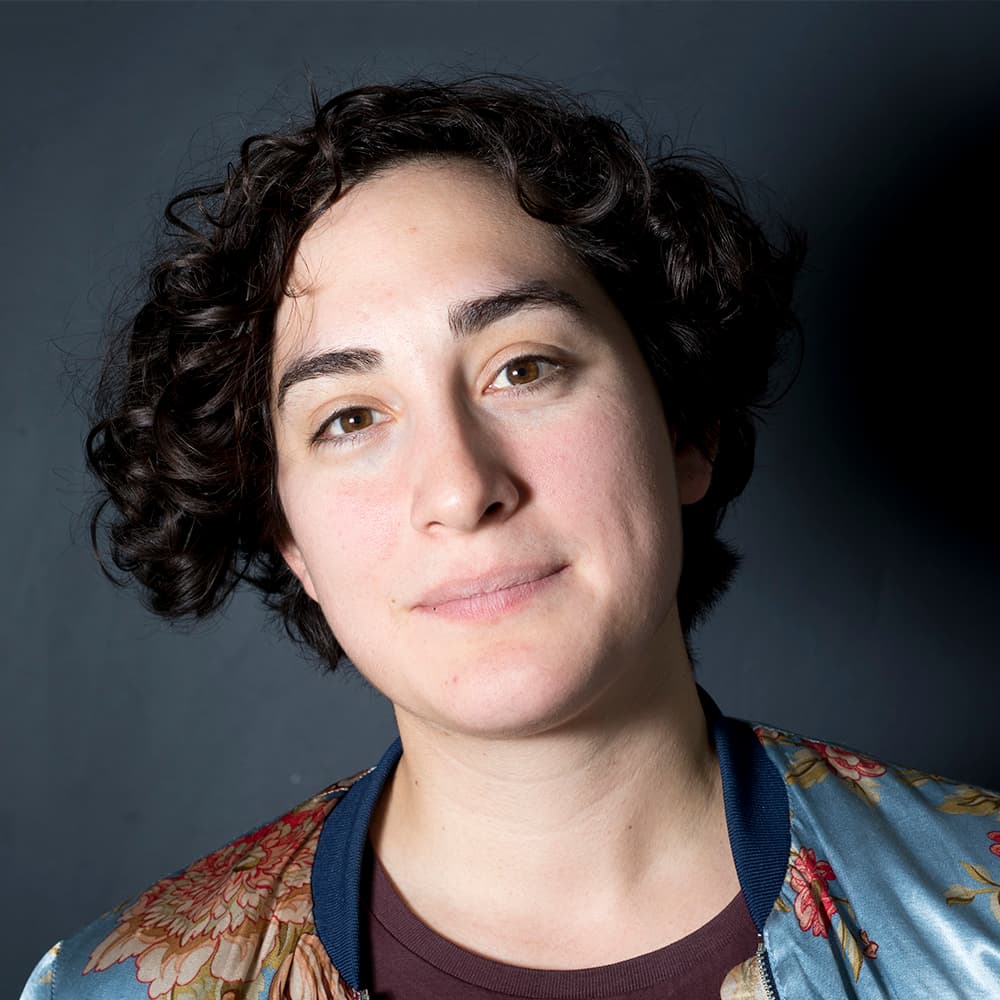
Congratulations, Denver? There is not a strong correlation between the miles of bike lanes in a census tract and the median income there.
In English: Wealthier areas aren't more likely to have more bike lanes on the whole. And poorer areas don't necessarily see fewer lanes aimed at cyclists on the whole either.
Likewise, a higher percentage of white people in a census tract doesn't always mean there are more bike lanes there.
Here's how the miles of existing bike lanes and trails are distributed by census tract:
And here's what the median incomes are in those same tracts, according to the most recent American Community Survey data:
Finally, here's how white or not-white a given census tract is, expressed in terms of the percentage of white people in that tract:
There's some areas that are poor, non-white and don't have many bike lanes, like in the Globeville and Elyria-Swansea area. But on a city-level, it's mostly a jumbled mess. (Even when I calculated a linear correlation, income and race were correlated with bike lanes to an insignificant degree.)
I did use a generous definition of what a bike lane is, to be fair. I took the city's map of bike lanes and eliminated any listed as a shared roadway or sharrow as well as places where bikes are allowed on sidewalks. Sharrows aren't believed to noticeably improve cyclist safety like actual bike lanes are and the other infrastructure isn't specifically geared toward cyclists.
This doesn't mean that all areas are perfectly served. If people live in a census tract with bike lanes, they'll likely ride outside of that area on the way to their destination and there's no guarantee they won't have to use sidewalks or shared roadways along the way.
And this doesn't show it's just as easy for low-income and minority people in Denver to bike as their whiter or more affluent counterparts.
We have the oldest bike-share program in the country and had 90 percent non-Hispanic whites users in 2013.
And nationally, Black and Hispanic cyclists had a fatality rate 30 percent and 23 percent higher than white cyclists.
But in today's measure, bike lanes seems to be distributed somewhat evenly.













